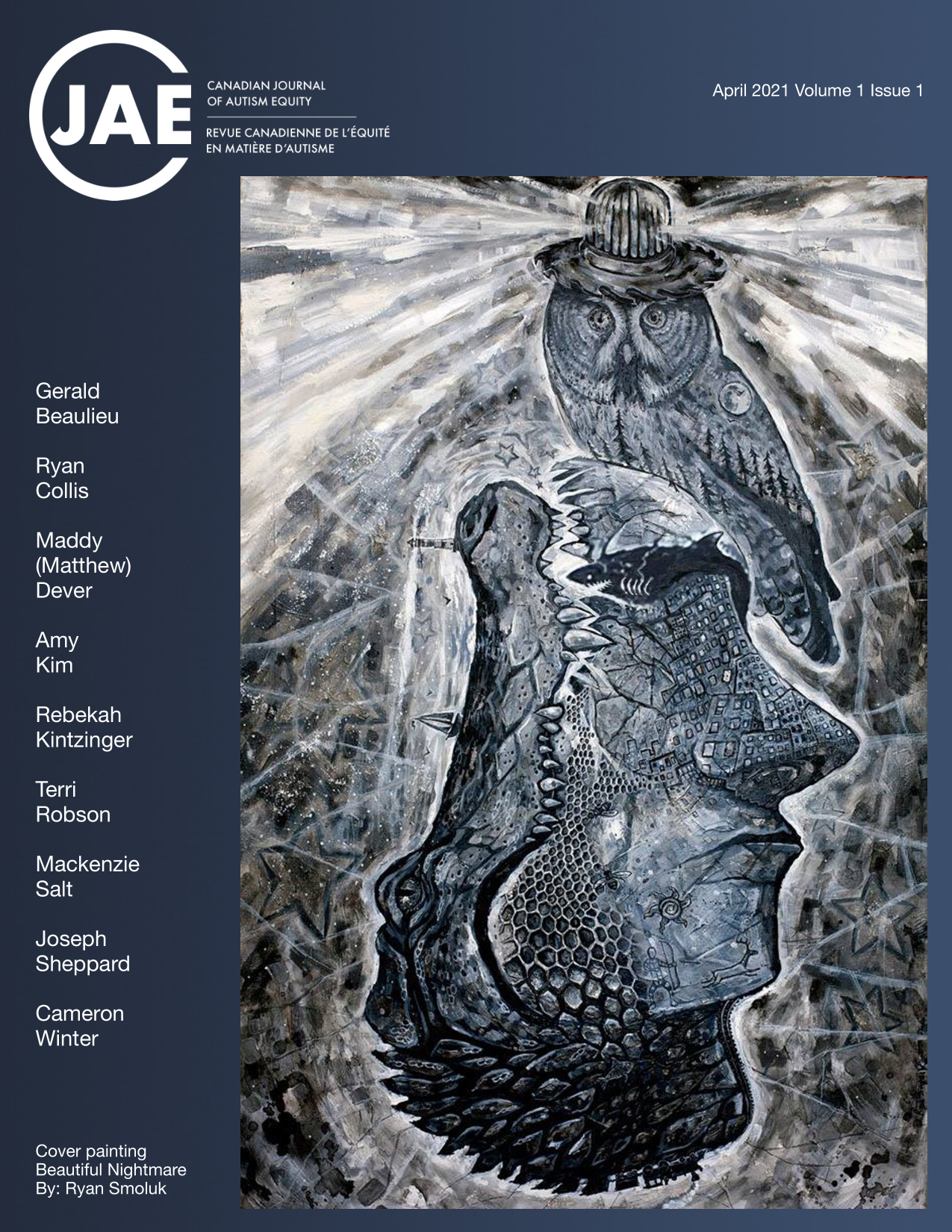What is it About our Story: Does Ergodicity help us Understand Equity from a Neurodiverse Perspective?
DOI:
https://doi.org/10.15173/cjae.v1i1.4989Keywords:
Equity, Ergodicity, Learning, Ethics, WritingAbstract
This article explores the dynamics of equity and ergodicity in a psychological lab context including navigating consent (commitments) and transparency (debriefs). The article explores how evolutionary determinants are translated into competitive gameplay in human social interactions and how cooperative gameplay based on cultural stories counteracts harms associated with competition. Other themes that are explored is a love of learning at the center of cooperative storytelling. An Indigenous form of perspective-taking called etuaptmumk or "two-eyed seeing," developed by First Nations Mi'kmaw Elder Albert Marshall, is used as an example of ergodic intervention as a balance to cognitive biases. How are concepts of dignity and respect, as support for equity in needs, and a recognition of community member competencies and contributions, work to nurture a neurodiverse writing community where individuals can openly navigate consent, transparency, consensus, and inclusion? What are both the theoretical and practical implications of using multimodal expression such as writing on a neurodiverse community?
References
Buber, M. (2012). I and Thou. eBookIt. com.
Chatwood, S., Paulette, F., Baker, R., Eriksen, A., Hansen, K. L., Eriksen, H., ... & Brown, A. (2015). Approaching Etuaptmumk–introducing a consensus-based mixed method for health services research. International Journal of Circumpolar Health, 74(1), 27438.
Como, D. H., Floríndez, L. I., Tran, C. F., Cermak, S. A., & Stein Duker, L. I. (2020). Examining unconscious bias embedded in provider language regarding children with autism. Nursing & Health sciences, 22(2), 197-204.
Renninger, K., Sansone, C., & Smith, J. L. (2004). Love of learning.
Young, G. (2017). Revising the APA ethics code. Cham, Switzerland: Springer International Publishing.
Downloads
Published
How to Cite
Issue
Section
License
Copyright (c) 2021 Joseph Sheppard

This work is licensed under a Creative Commons Attribution-NonCommercial-ShareAlike 4.0 International License.
Authors retain copyright and grant the journal the right of first publication with the work simultaneously licensed under a Creative Commons Attribution License that allows others to share the work with an acknowledgement of the work's authorship and initial publication in this journal.
Authors are able to enter into separate, additional contractual arrangements for the non-exclusive distribution of the journal's published version of the work (e.g., post it to an institutional repository or publish it in a book), with an acknowledgement of its initial publication in this journal.
CJAE accepts articles that have not been published in any other journals/proceedings, unless copyright permission is assured, and have not been submitted for consideration to any other journals/proceedings at the time of submitting to the Canadian Journal of Autism Equity for consideration. While a paper is under consideration by CJAE, you agree not to submit the work to other journals/proceedings until review by CJAE is completed and a decision has been rendered.



